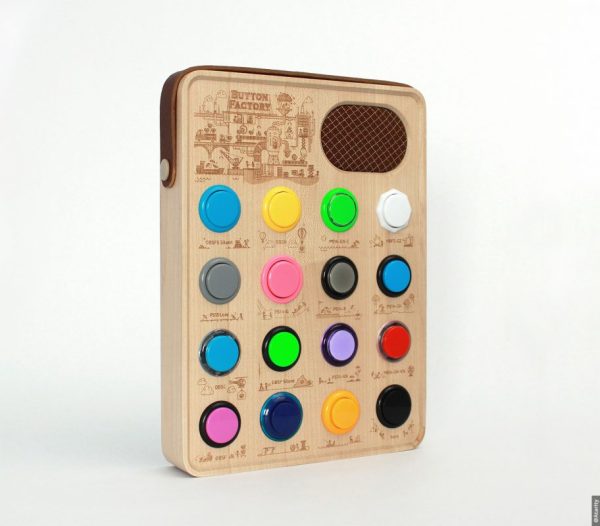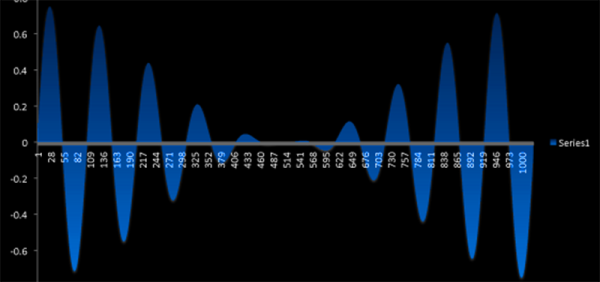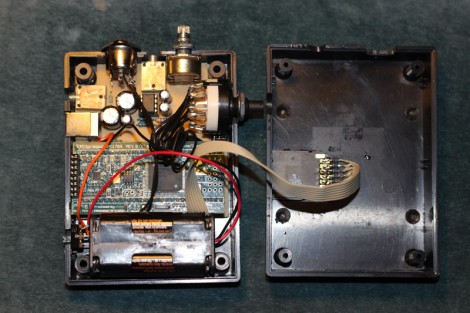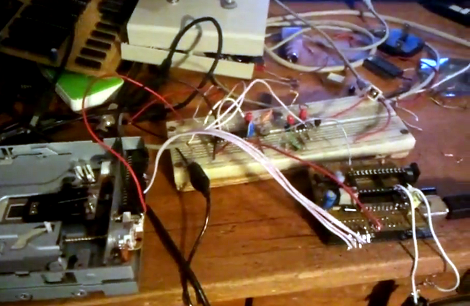The goal is simple: test a bunch of arcade buttons from different manufacturers to get the one with the best function and feel. The resulting build is anything but simple: this wonderfully over-designed 16-channel WAV sampler and mixer.
For those wondering why [Atarity] would go to this much trouble to test arcade buttons, we suspect an ulterior motive – skip to the 21:14 mark of the long video below to see the real design inspiration. Regardless of the motive, there’s no doubting the care that went into the build – CNC-milled birch case, extremely detailed laser-engraved graphics, and a carbon-fiber back plate covered with suede, because suede. We especially like the detail on the speaker grill: the embroidered fabric and puffed-up look really works with the rest of the design, including the leather hand strap.
It’s not entirely clear from the post what the end goal of the testing is, but we assume it’ll be some sort of MAME build. In which case, [Atarity] might want to check out our recent articles on a tabletop MAME cabinet or this portable MAME rig. But whatever he comes up with, we’re sure the craftsmanship will be there.
Continue reading “16-channel Sampler Tests Arcade Buttons With Style”

















